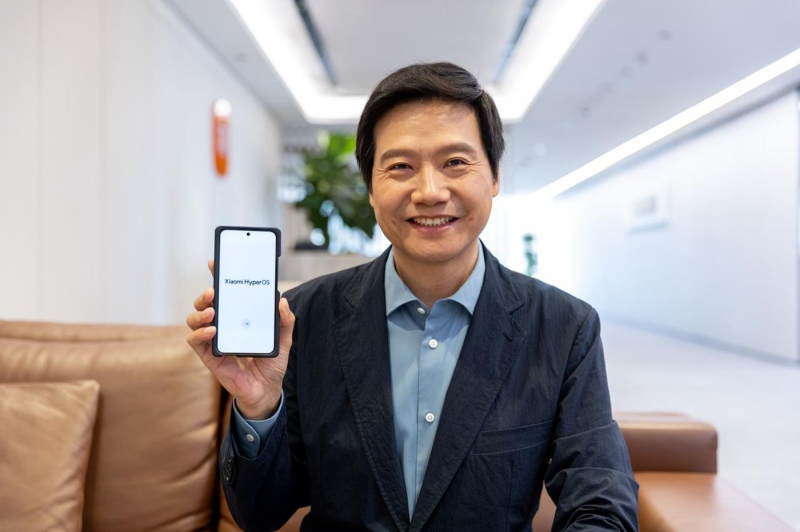
Prepare for the forthcoming evolution of Xiaomi's operating system.😉 https://t.co/8vuftswt3q
— Xiaomi (@Xiaomi) October 17, 2023
Xiaomi more and more independent?< /h2>
In any case, the launch of this new OS suggests that Xiaomi wants to be more independent from Google. Furthermore, HyperOS could remind us of HarmonyOS: this is an operating system different from Android, but which still supports apps developed for Google's OS.
In his publications, Lei Jun also indicates that the development of this operating system took years. “Considerable effort has gone into this new operating system. In 2014, when our IoT business started to grow, we tested various ideas and experiments. In 2017, we started developing an operating system to unify all devices and applications in our ecosystem,” he said.
Otherwise, when it comes to hardware, Xiaomi also seems to want to gradually free itself from suppliers such as Qualcomm or Mediatek. The manufacturer has already developed its own SoC, the Surge S1 chip, which equipped the Xiaomi Mi 5C released in 2017. And currently, some Xiaomi devices use chips designed by the manufacturer to support camera functions.
- Xiaomi formalizes its new HyperOS operating system, which will replace MIUI
- HyperOS is based on Android, but also on Vela, a platform created by Xiaomi
- HyperOS will be used by the Xiaomi 14 series of smartphones
[ ]

